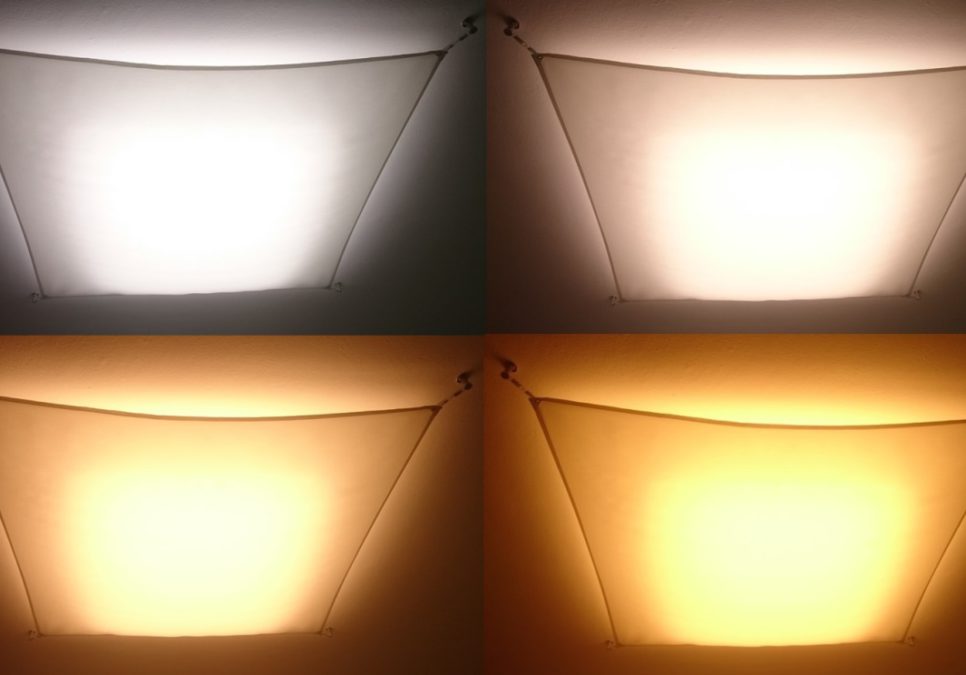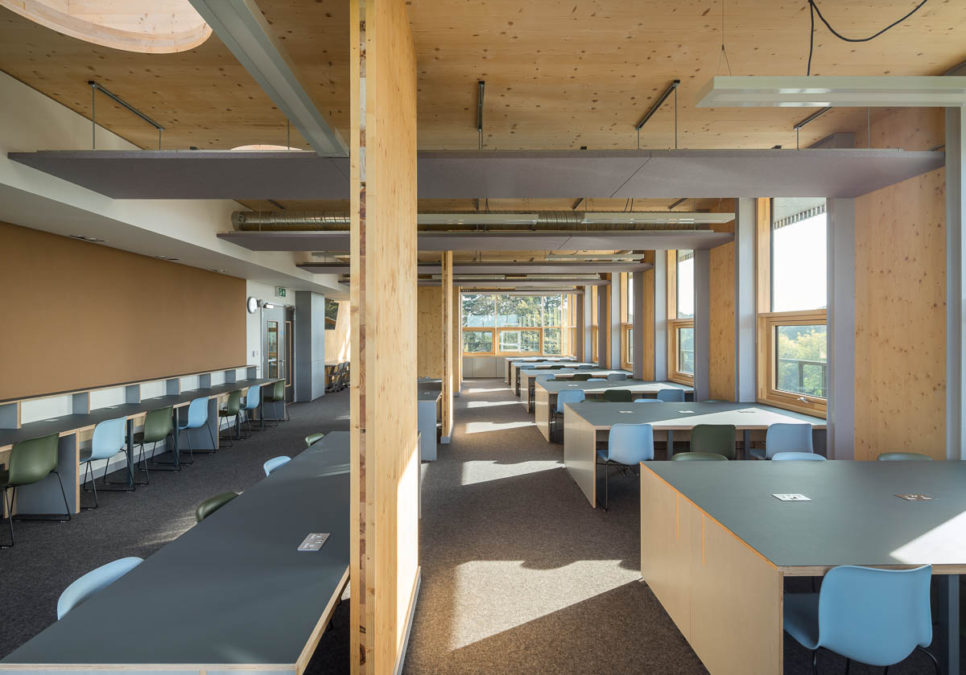Human Centric Lighting
By Katy Roberts, Lighting Designer
With tremendous technological improvements in LED lighting in conjunction with wireless and digital controls, the idea of influencing our sleep/wake pattern with artificial light has become more feasible and readily available.
There are academics and researchers far more qualified to tell you about the intricacies of human-centric lighting from a biological or technological perspective, however, we are interested, as lighting designers, in the benefits and practicalities for our clients and the end user.
It should be noted that we are using the term human-centric lighting here to encompass what is also referred to as ‘active’ or ‘dynamic’ lighting. The change in terminology comes from an argument that lighting in building should be always designed for the human experience, however, we are using this terminology to refer to lighting that is, roughly speaking, adapted in colour temperature and brightness to meet the needs of the human circadian rhythm. The design of a human-centric system should encompass the visual, biological and emotional response to the lighting.

Adjustable colour temperature from 6500K (top left) to 2500K (bottom right). Photo by Claudia Angerer.
Even those without any foundation in lighting design or biology will know that the sun changes colour and brightness with its natural path through our day and this, in turn, influences our mood and level of alertness. Products such as Philips Hue have brought the capability to change these variables in our homes with a simple swap of a light bulb for nearly a decade, but scaling up to larger projects is still relatively uncommon.
Part of the slow uptake outside the home can probably be contributed to the relative cost of such sophisticated technology. There is also some debate over the appropriateness of using light to control the chemical balance in the brain. Using a well-designed human-centric lighting programme for those working shifts or people not exposed to significant periods of daylight (such as those living in very Northern latitudes) to control their natural sleep patterns, can play a positive role in redressing the imbalances caused by low exposure to sunlight. Does it also provide benefits for more general usage?
Studies have shown significant improvements to the alertness and sleep patterns of students in school settings with a variable lighting programme implemented (please see further reading for some references). These applications have also been used with success in the workplace to help with the ‘afternoon slump’. Many of these case studies are located in Scandinavian countries which will undoubtedly see the greatest benefits to an adjustment in lighting. Here, in the UK, we are all familiar with the bleak afternoon onset of darkness, however, our shortest day sees approximately two hours more daylight than that of Sweden. Perhaps the advantages of a human-centric designed system wouldn’t be quite as marked in U.K. office or school settings.
In terms of human-centric lighting, daylight is the ideal standard as that is the environment to which humans have been biologically programmed. Standards and guidelines for building have placed more emphasis on incorporating daylight, particularly for those buildings such as schools and offices which are occupied for the majority of daylight hours. The introduction of the WELL standard for building in 2014 and the new European Standard, EN 17037 for Daylighting last year are great steps forward in ensuring daylight is readily accessible. However, with all the best guidelines and intentions, some environments, particularly, high density cities, will find it very difficult to create an equal provision of daylight for all. Human-centric lighting can address this imbalance, ensuring that the benefits of lighting to the circadian rhythm isn’t hierarchical. Perhaps, as a culture we could prioritise wellbeing further by allowing students and office workers the freedom to enjoy the outdoors more with its full wavelength spectrum rather than eating over their desk?

ORC project at Streatham & Clapham School, London
Further reading:
- https://www.trilux-akademie.com/uk/
- https://www.signify.com/global/lighting-academy/browser/webinar/human-centric-lighting
- Applicability and efficacy of variable light in schools (Barkmann et al 2012)
- Illuminating the Effects of Dynamic Lighting on Student Learning (Mott et. al., 2012)
- Lighting affects students’ concentration positively: Findings from three Dutch studies (Sleegers et. al., 2011)
- https://standard.wellcertified.com/light/circadian-lighting-design
